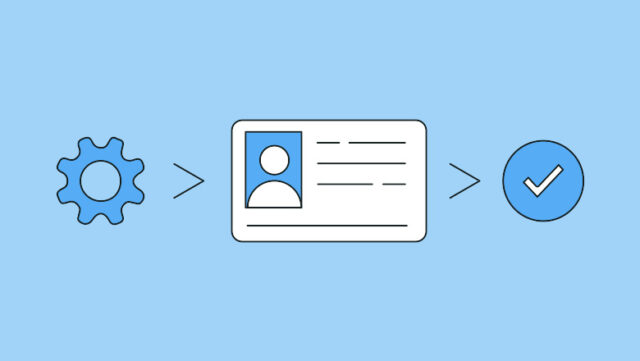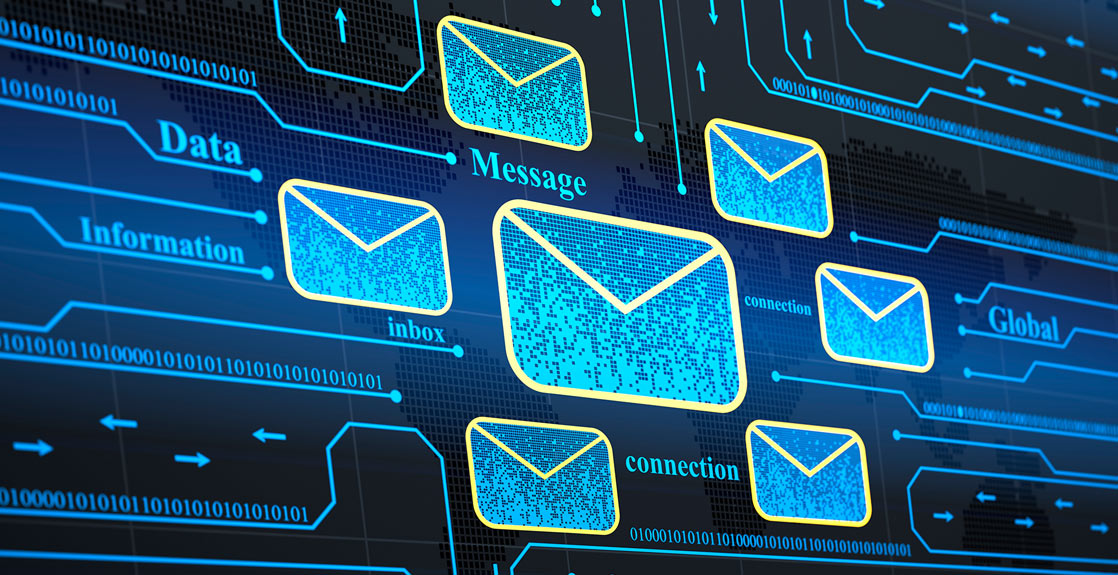If you are involved in email marketing, you have probably noticed a common misunderstanding about the differences between email hygiene, verification, and validation services. If you are interested in these email services, click here to access Email Oversight’s website, our top pick for the best services.
Getting any two firms who provide email verification to reach a consensus on anything may be as tricky as wrestling a grizzly bear, particularly regarding the language used. The validation or hygiene standards of one firm are the verification standards of another. The distinction between the three is unclear and often leads to confusion.
As a result of the fact that emails are no longer considered authentic, an increasing number of providers of verification services are shifting the focus of their services from validation or verification to cleanliness. This problem is a significant issue that must be discussed for the benefit of all email marketers, and immediate action is required.
It would be best to depend on a verification AND hygiene supplier capable of detecting all kinds of email risks, not simply the detection of legitimate or invalid emails alone.
This article will dive deep into a few potential threats hiding in your data and discuss the distinctions between email verification, validation, and hygiene and how to tell if your provider is conducting email hygiene.
What exactly is meant by “Email Verification”?
Email Verification is a service that determines whether or not an email address is authentic and whether it contains errors or is greylisted. Put another way, it “verifies” that the inbox associated with each email address on your list is now being used.

That sums it up nicely. You’ve heard it here first: verification cannot identify harmful threats like honeypots, spam traps, bots, or dozens of other types. Validation services are also unable to identify these potentially problematic accounts.
What exactly is meant by “Email Validation”?
Email Validation includes more steps in addition to just pinging the server. A third-party data source is consulted throughout the validation process to verify that the email address belongs to a legitimate user. When it comes right down to it, the point is that the purposes of verification and validation are essentially the same.
They inquire with the domain server and verify the results with a third-party source to determine whether or not your email address is active or dormant. However, none of those approaches addresses the core of the problem. Threats such as spam traps, honeypots, malicious moles, bots, screamers, seeded trackers, and others are impossible to identify with a straightforward yes/no ping.
Real-time verification and validation are essential strategies for ensuring that your emails are not genuine, yet, this line of protection is insufficient. Email hygiene is the only approach capable of detecting all of them at once.
What exactly does “Email Hygiene” mean?
Email hygiene refers to determining whether email accounts are “problem” email accounts on a given list. Email hygiene can uncover potentially hazardous email addresses hidden in your data beyond primary verification and validation capabilities.

Some services will delete these emails from your list, but here at Email Oversight, all we do is identify them and inform you of the potential dangers involved in making use of them. You can evaluate your tolerance levels, and none of your data will be lost.
Threats are broken down into categories and given ratings to facilitate the decision-making process. Your reputation, fraud, delivery, and conversion threats are automatically analyzed and categorized.
Be Aware of the Dangers of Email
It is imperative to be aware of the many dangers that can lurk in your contact list. It is even more essential to be aware of the dangers that can be uncovered via email hygiene, verification, and validation.
As an email marketer, you could run across a few frequent problems; thus, the marketing department here at our company has put up this helpful guide with information about those problems. You will now be able to determine which provider is the most suitable for meeting the requirements of your threat environment.
So, Why Exactly Is This so Significant?
Validation and email verification are very similar processes, as you can see now. There is not much of a distinction between the two. Their only feature tells you whether or not the email data you provided is active or inactive.
If you are serious about increasing your deliverability as an email marketer, which leads to improved open rates, clicks, and conversions, then you need a complete email hygiene solution.
A positive sender reputation is the first step in improving email delivery. If you transmit to a list that has not been checked for proper email hygiene, you are inviting trouble for your sender’s reputation.

Your sender reputation is determined by several criteria, including the frequency of your sending, the quantity of emails you send, the number of bounces your messages get, and the number of spam traps they fall into. These findings are derived from either your IP address or domain name. This statistic will tell you how often your message ends up in someone’s inbox instead of being sent to their spam bin.
Servers were contacted by an international dating website that needs assistance with its email hygiene to increase its deliverability and sender score. “It was not only able to tell us which emails were invalid, but it was also able to highlight which emails were dangerous and needed to be segregated. This aspect was a special feature.”
“We’ve seen a huge boost in income thanks partly to this company’s services,” said a group member responsible for their email marketing. It would be best to have proper email hygiene to run a successful email marketing campaign.







